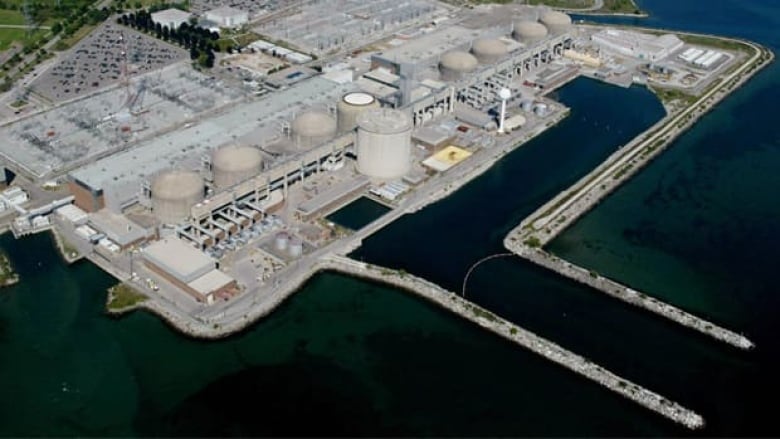How G7's long-term decarbonization plan compares to other major goals
John F. Kennedy's promise to put a man on moon was fulfilled in less than a decade

Members of the G7 have committed to stop using fossil fuels by the end of the century — giving themselves 85 years to transform the energy sectors in their own countries.
- Analysis: Only 84 years, 364 days to go: The G7's carbon pledge
- PM Stephen Harper agrees to G7 'decarbonization' by 2100
- Analysis: G7's 'decarbonization' promise more than just symbolic
Sure, it's a big job, and as Prime Minister Stephen Harper said Monday, the G7's goal of "decarbonization" may require great technological change. But massive national and transnational projects in recent history have been completed in much less time.
Here's a look at the time needed to complete some other historic goals.
Trans-Canada railroad: 18 years
Confederation in Canada on July 1, 1867, came with the promise of a railroad to link the Maritime provinces of Nova Scotia and New Brunswick to Quebec and Ontario. The country grew as Manitoba joined Confederation in 1870. The following year, British Columbia was enticed to join, despite its distance from the rest of the provinces, after a commitment of a transcontinental railway to the west coast.
The Canadian Pacific Railway Company was incorporated in February 1881. The railway's Last Spike was driven in at Craigellachie, B.C., on Nov.7, 1885 — six years ahead of schedule, according to CP. It was built with the help of more than 15,000 Chinese migrant workers, who were often called on to do the most dangerous work but only paid about half the wages of other workers.

Smallpox eradication: 14 years
The World Health Organization launched a program to eradicate smallpox — a disease fatal in a third of cases — in 1966. At the time, the disease was common in 23 countries or territories in Africa, seven in Asia, as well as Brazil.
Through a co-ordinated global effort, including mass vaccination, it was declared eradicated in 1980. The last natural case was reported in 1977 in Somalia, where the man, who had not been vaccinated, survived. A lab error in Birmingham, England, in 1978 caused a limited outbreak, which killed one person.
Panama Canal: 11 years

It took a little more than 10 years to build the Panama Canal — a 77-kilometre shipping route that links the Atlantic and Pacific oceans. An engineering triumph, the canal also claimed the lives of an estimated 30,000 workers between 1903 and 1914, many from diseases such as yellow fever and malaria.
Man on the moon: 12 years
In May 1961, U.S. President John F. Kennedy made a speech promising a "leading role in space achievement," in particular asking Congress to provide funds necessary to ensure that a man would land on the moon and return safely to Earth before the end of the decade.
It took little more than eight years to achieve that goal. Neil Armstrong became the first man to walk on the moon in July 1969. If you consider that the Soviet Union launched the first artificial satellite, Sputnik 1, into space in October 1957, the time to get a man on the moon is closer to 12 years.
Harnessing nuclear power: 20 years

Destructive weapons aside, nuclear power was also harnessed to create electricity. The first nuclear reactor to produce electricity was at a site in Idaho in December 1951, according to the World Nuclear Association. By the end of the 1960s — 20 years after that first atom was split — nuclear energy was producing electricity for the public.